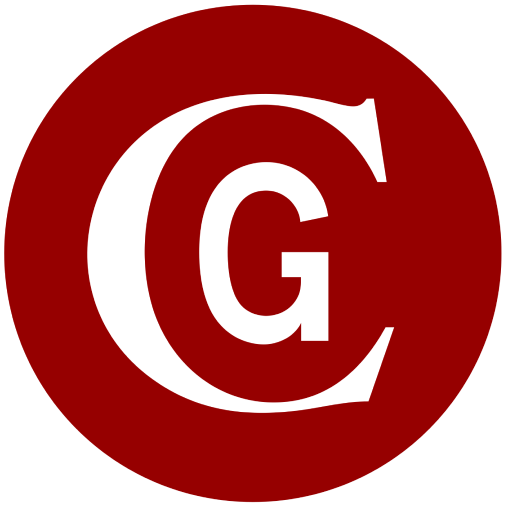2025 |
Pebble Beach Auctions1952 Jaguar C-Type
SOLD $3,635,000
Estimate
$3,750,000 - $4,500,000
Chassis
XKC 028
Engine
E1028-8
Car Highlights
Among the Finest and Most Desirable of All Jaguar Sports Racers
One of Only 53 C-Types Built: Just 43 for Customer Use
Delivered New to the US Finished in Distinctive Silver Livery
Well-Documented Provenance Includes Distinguished Collectors
Exceptional Example Retaining Original Chassis, Body, and Engine per Factory Records
Offered with Detailed Report by Marque Authority Chris Keith-Lucas
Technical Specs
3,442 CC DOHC Inline 6-Cylinder Engine
Twin SU H8 Carburetors
200 BHP at 5,800 RPM
4-Speed Manual Gearbox
4-Wheel Hydraulic Drum Brakes
Front Independent Suspension with Torsion Bars
Rear Live Axle with Transverse Torsion Bar and Panhard Rod
Saleroom Addendum
Please note that this vehicle has been accepted to the 1000 Miglia 2026 – subject to registration and payment of entry fee, thus providing its next owner with an exciting and rare opportunity to participate in this historic event.



